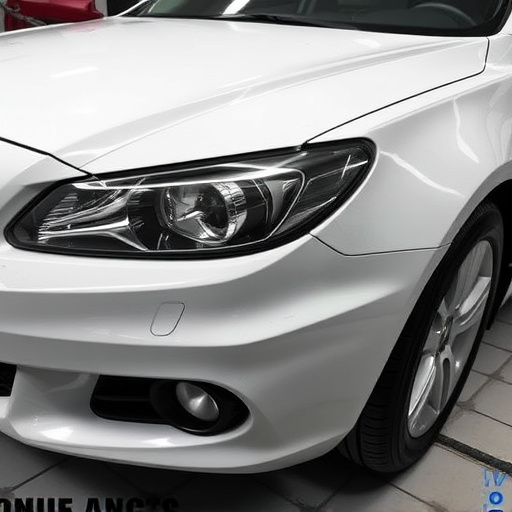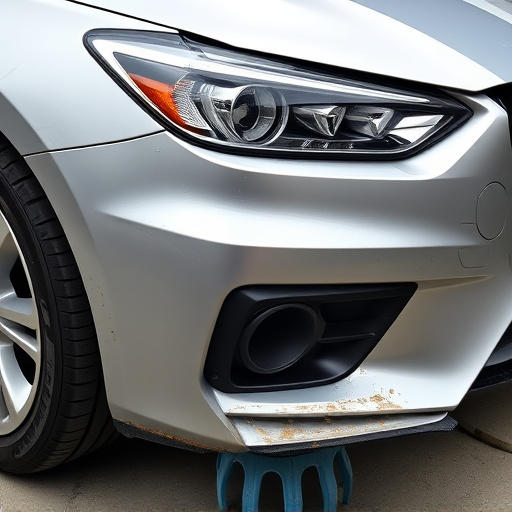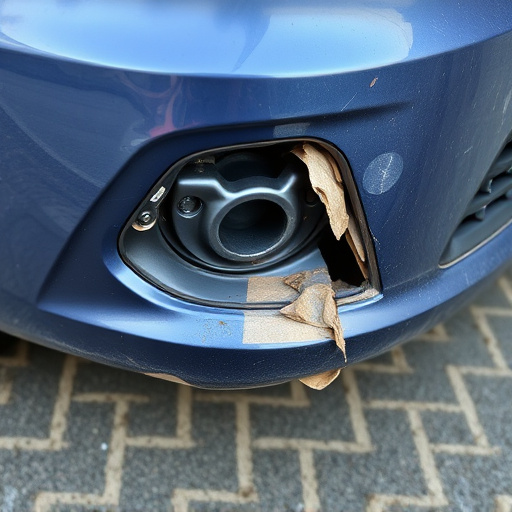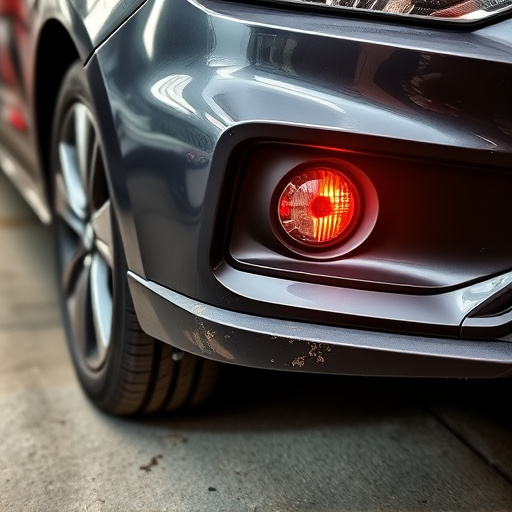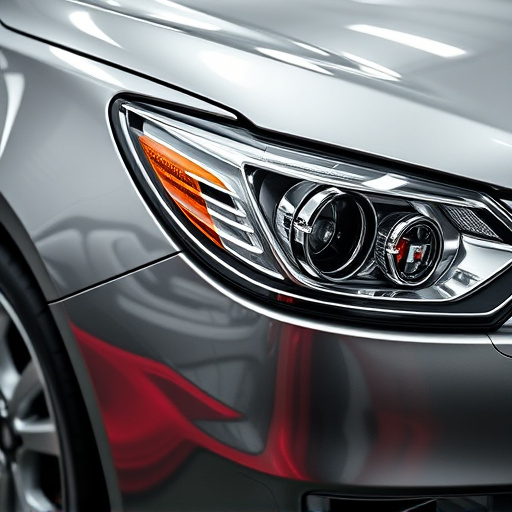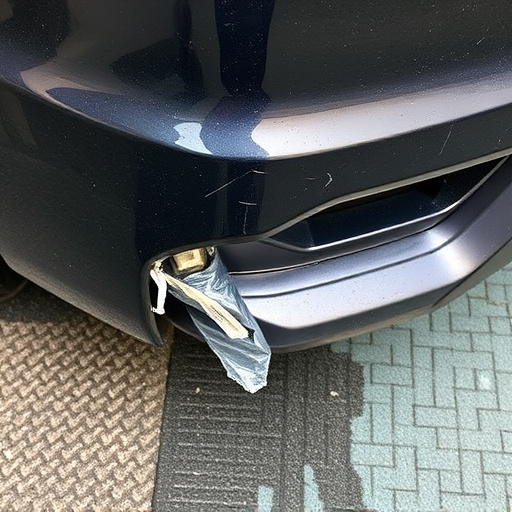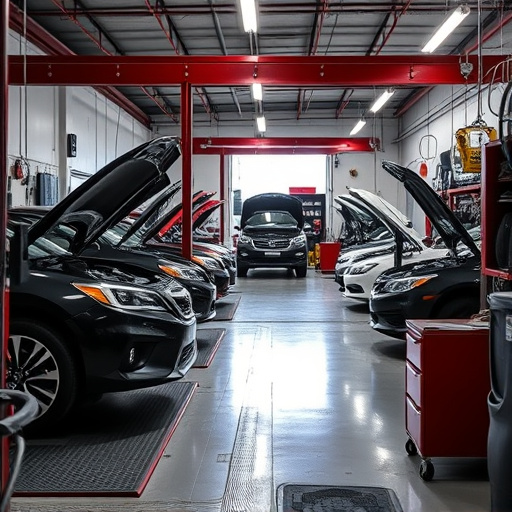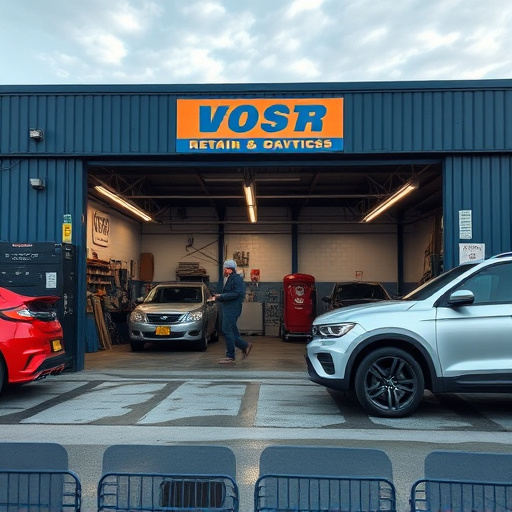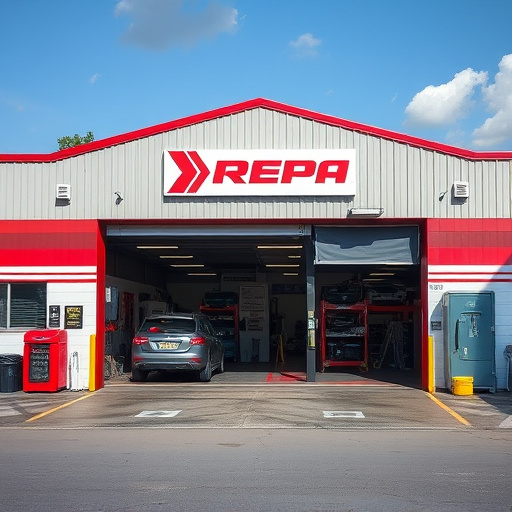Choosing between OEM and aftermarket heat shield replacements depends on priorities: quality & fit (OEM) vs cost-effectiveness (aftermarket). OEM shields offer precise fits, superior materials, and optimal vehicle protection but are pricier. Aftermarket options are cheaper, generic, and may require adjustments for a secure fit. Proper installation is crucial; professionals recommended. For aesthetic restoration or thermal management, aftermarket's customization is invaluable.
When it comes to vehicle maintenance, especially for high-performance cars or those with modified engines, choosing the right heat shield replacement is crucial. This decision pits OEM (Original Equipment Manufacturer) parts against aftermarket alternatives. In this article, we’ll navigate this landscape, exploring the key differences between OEM and aftermarket heat shields, their advantages, and considerations. Get ready to discover how each option impacts your vehicle’s performance and longevity.
- Understanding OEM and Aftermarket Heat Shields: Key Differences
- Advantages and Considerations of Using OEM Heat Shield Replacement
- Exploring the Benefits of Aftermarket Heat Shield Alternatives
Understanding OEM and Aftermarket Heat Shields: Key Differences
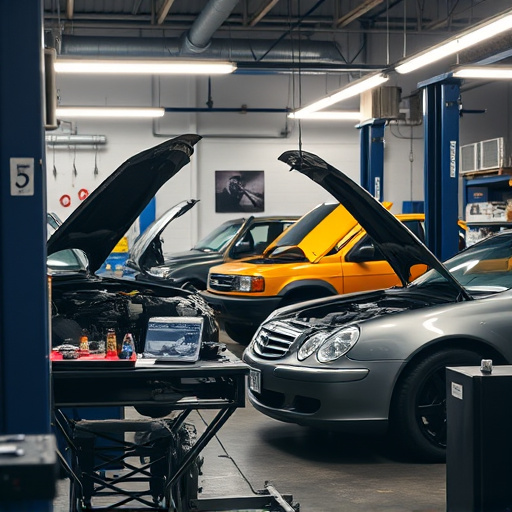
When considering heat shield replacement for your vehicle, understanding the distinction between Original Equipment Manufacturer (OEM) and aftermarket parts is essential. OEM heat shields are precisely designed and engineered by the vehicle manufacturer to fit your specific car model, ensuring a perfect, seamless integration. They are usually made from high-quality materials that offer superior protection against heat and wear. On the other hand, aftermarket heat shield replacements are generic options designed to fit various models, often at a lower price point. While they may provide adequate protection, they might not perfectly align with your vehicle’s design or offer the same level of durability as OEM parts.
Choosing between these two types depends on your priorities. If you seek superior performance and a precise fit, investing in an OEM heat shield is ideal for maintaining your car’s aesthetic appeal and structural integrity. Aftermarket options are more budget-friendly and accessible but may require additional adjustments for a secure fit. For many drivers, balancing quality, affordability, and compatibility is crucial when considering heat shield replacement as part of broader auto repair services or even do-it-yourself car scratch repair projects.
Advantages and Considerations of Using OEM Heat Shield Replacement
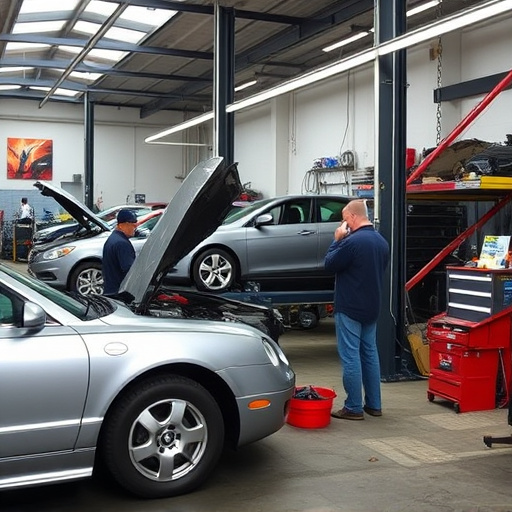
When considering a heat shield replacement for your vehicle, Original Equipment Manufacturer (OEM) parts offer several advantages. OEM heat shields are designed specifically for your make and model, ensuring a perfect fit and optimal performance. They are typically made from high-quality materials that can withstand extreme temperatures, providing long-lasting protection to your car’s underbody. Using OEM parts also ensures compatibility with your vehicle’s systems and can be easier to install, as they are tailored to the specific requirements of your auto repair services.
However, there are considerations to keep in mind. OEM heat shield replacements might be more expensive than aftermarket options, which offer tire services at a lower cost. Aftermarket parts may also not provide the same level of precision fitting and could potentially leave gaps or misalignments. It’s crucial to weigh these factors, especially if you’re looking for a more affordable solution without compromising on quality. Remember that proper installation is key; while some DIY enthusiasts might opt for aftermarket products, professional auto repair services are recommended to ensure the heat shield is securely fitted and functions effectively.
Exploring the Benefits of Aftermarket Heat Shield Alternatives
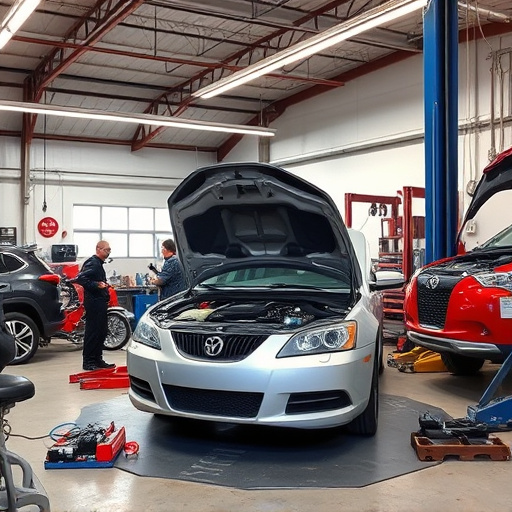
When considering heat shield replacement options, many automotive enthusiasts find themselves torn between Original Equipment Manufacturer (OEM) parts and aftermarket alternatives. While OEM parts offer a level of quality assurance due to their direct association with vehicle manufacturers, aftermarket heat shield replacements bring their own unique advantages. One significant benefit is cost-effectiveness. Aftermarket options are often more affordable, making them an attractive choice for those looking to save on repairs without compromising safety or performance.
Moreover, aftermarkets provide a diverse range of choices in terms of materials and design. Unlike OEM parts that may be limited to specific vehicle models, aftermarket heat shields can be tailored to fit various makes and models, ensuring precise compatibility. This flexibility allows drivers to enhance their vehicles’ aesthetics and potentially improve engine performance by addressing thermal management issues. In the event of a vehicle collision repair or auto collision repair, having these customizable alternatives can be invaluable in restoring your vehicle to its pre-accident condition efficiently and affordably.
When deciding between OEM and aftermarket heat shield replacements, consider your vehicle’s specific needs and your own preferences. While OEM parts offer guaranteed compatibility and superior performance, aftermarket alternatives provide more variety, affordability, and customization options. Ultimately, the best choice depends on whether you prioritize brand-specific reliability or seek cost-effective, tailored solutions for your car or truck. Both have their merits, so weigh the pros and cons to make an informed decision for your ideal heat shield replacement.


